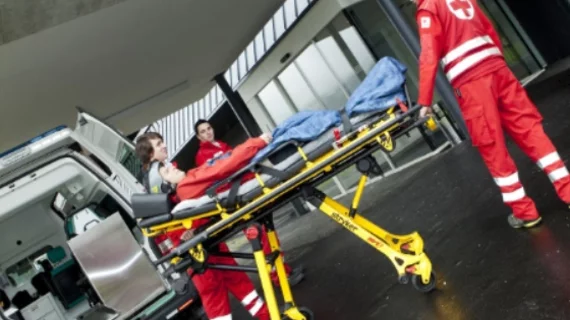Emergency services are well known for charging high prices, often leaving patients on the hook for sky-high medical bills when those services are billed out of network. In particular, patients with private insurance face far higher charges for air ambulance compared to Medicare rates, according to a recent study published in Health Affairs.
The charges for air ambulances were 4.1 to 9.5 times higher than Medicare rates for privately insured patients in 2016. That gap is larger than the gap between Medicare rates and private insurance charges for ground ambulance services, which was 2.8 times in 2016.
The high prices for air ambulances reflects how healthcare providers have full discretion to charge whatever they want for critical care––emergency air ambulances can significantly reduce the time for patients to travel to get to healthcare facilities.
Researchers from Johns Hopkins used Medicare utilization and payment data for 2012-2016 and examined trends in median charge ratios and charges per trip of air ambulance services during those years. They also looked at the two types of air ambulances––rotary-wing aircraft, which make up 85% of air ambulance trips, and fixed-wing air ambulances. National median charges for initial fees and mileage rates for rotary-wing aircraft were 5.3 times and 7.3 times the Medicare rate, researchers found.
Over the years, the charges also increased, the study found, with the median charge rising 60%, from $24,000 to $39,000 for the two types of air ambulances.
The rising prices could reflect a lack of competition in the space, with few new entrants as parent companies of air ambulance service providers. However, the service is not often used by many patients, and represents a barrier to entry.
“Encouraging the market entry of new air ambulance providers could spur competition and reduce charges, but since many incumbent providers possess underused capacity, the market may already be saturated,” lead author Ge Bai, associate professor of accounting at the Johns Hopkins Carey Business School and associate professor of health policy and management at the Johns Hopkins Bloomberg School of Public Health, et al. wrote.
A market failure may actually be to blame for the high prices, according to researchers. Patients don’t have an option to choose a provider when they need the service and can be stuck with out-of-network charges. The problem is further compounded by a 1978 law that prohibits regulating airfare rates.
The findings of the study come at a time when surprise billing––where patients receive high medical bills weeks after receiving care, often for out-of-network services––has come under the spotlight, with lawmakers taking aim at addressing the issue.

